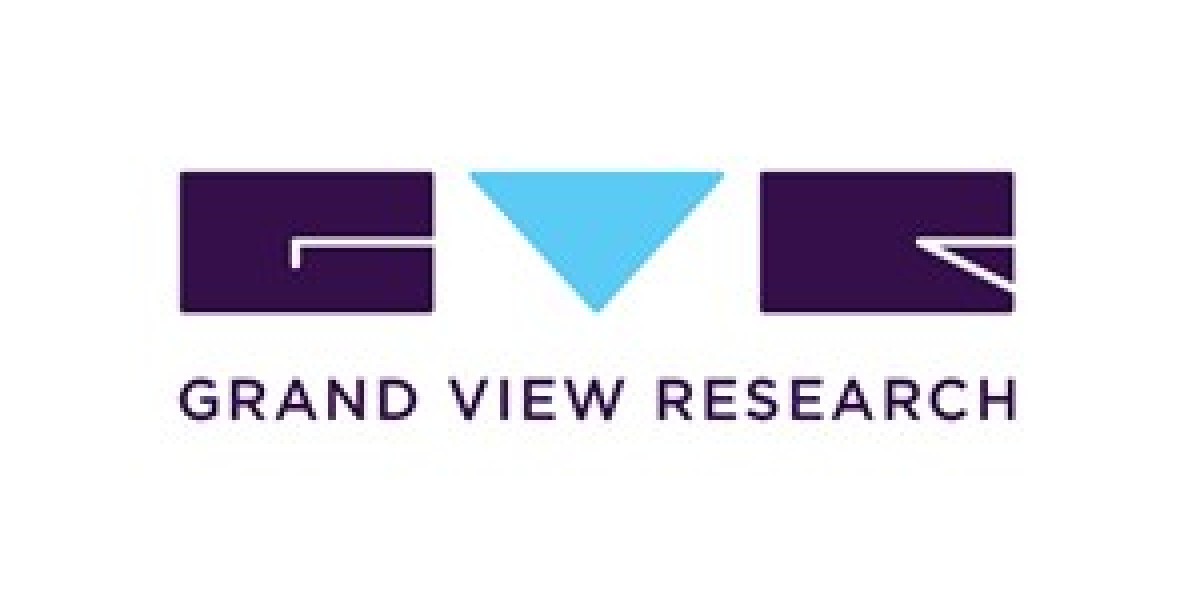Translation Services Procurement Intelligence
In this translation services procurement intelligence report, we have estimated the key cost components associated with service provision. The key cost components include salaries of different translators or interpreters, technology, software and integrations, storage and security, marketing, facilities, and utilities. Salaries of translators and technology form the largest cost components in this category. To boost commercial potential and foster cross-cultural exchange, many organizations are searching for multilingual individuals as a result of globalization. Among the highest-paying languages for translation are German, French, Dutch, Arabic, and Chinese. For instance, Dutch linguists earn around USD 49,000 - 52,000 annually in the U.S. and U.K. As of 2023, Arabic translators in the U.S. earned around USD 80,000 - 92,000 annually due to high demand for the language. Some of the few factors which influence the translation costs are content type, service type, language demand, language pairs, and project duration.
For human-assisted translations, the number of words or pages is frequently used to price the services. For machine translation, it is mostly tiered pricing. For instance, Google’s Cloud Translation pricing process has two divisions - basic and advanced. Rates depend on API methods and language models used. Language models can include NMT or custom models. Under NMT, for batch text and document translations over 500,000 characters per month will be around USD 20 per million characters. In other words, for Google Cloud Translation API, the price is USD 0.000020 per character. For Amazon Translate, it is USD 0.000015 per character and for Microsoft Translator, it is USD 0.000010 per character.
Order your copy of the Translation Services category procurement intelligence report 2023-2030, published by Grand View Research, to get more details regarding day one, quick wins, portfolio analysis, key negotiation strategies of key suppliers, and low-cost/best-cost sourcing analysis
Operational Capabilities - Translation Services
- Years in Service - 22%
- Geographic Service Provisions - 20%
- Employee Strength - 18%
- Industries Served - 15%
- Revenue - 13%
- Certifications - 7%
- Key Clients - 5%
Functional Capabilities - Translation Services
- Proprietary/AI-based Platforms - 15%
- Localization and Translation Services - 15%
- Marketing and Legal/Corporate Translations - 15%
- E-learning Translations - 15%
- Software Localization Services - 15%
- Multilingual DTP and Layout Services - 15%
- Others - 10%
Rate Benchmarking
The geographical location, the type of industry and content play a vital factor in analyzing the rate benchmarking of the translation services category. Pharmaceuticals and medical supplies are frequently sold outside of the nation. The products must be translated to a high standard because they will be sold in several countries. Legal translation is undoubtedly one of the most difficult, and expensive types of translation. As a result, medical and law document translations require specialized expertise and knowledge which increases the rate of services. For European medical translations, prices are around USD 0.13 - 0.20 per word. For Asian and Middle Eastern languages, prices are around USD 0.15 - 0.25 per word.
Word discrepancies can also have an impact on the rates of services. According to translation industry best practices, every translation is charged as per source word in most circumstances. Depending on the complexity of the document, translators can produce 1,500 - 2,000 words on average. The difference in word count between English and Scandinavian languages might range from 20 - 25%. This can depend on the method used and the type of information being translated. Hence, prices will be substantially higher while counting words in the English language than when counting words in Danish or German.
For the legal industry, the pricing can vary as per country, location of the service provider, and language pairs. For instance, a legal text translation from German-to-English is more expensive than Arabic-to-English translation. For instance, prices for English-to-Arabic translations can start around USD 0.07 - 0.10 per word. The industry average is 250 words per translation page (in any field). Accordingly, the starting price for English-to-Arabic legal translations is around USD 18 per page. Prices can increase up to USD 25 depending on language demand and word count. On the other hand, German-to-English translations can start around USD 0.10 - 0.15 per word, making the per-page rate around USD 25 - 38.
Supplier Newsletter
In December 2023, TransPerfect announced that the newly revamped website of “NYC Tourism + Conventions” was powered by its GlobalLink technology. The integration with AI and Contentful CMS will help the site to be easily localized and translated. With the debut of the new website in Portuguese, Spanish, French, and German, international visitors will be able to digitally explore and interact with the NYC city in their preferred languages.
In May 2023, RWS Group’s language services were selected by Norse Atlantic Airways. The partnership used RWS’s Tridion to provide travellers with a multi-lingual (or, localized) online booking experience in four European languages - French, Norwegian, German, and Italian.
In November 2022, LanguageLine Solutions announced its integration with Pexip, which is a video communication platform. With this integration, users will have on-demand access to professional linguists in 240+ languages. Users of Pexip and other telehealth platforms that are compatible with Amwell, Zoom and Doxy.me can establish a smooth connection with LanguageLine interpreters. Similarly, in October 2022, the company also announced its integration with Epic EHR.
List of Key Suppliers
- TransPerfect Global, Inc.
- Lionbridge Technologies, Inc.
- LanguageLine Solutions (Teleperformance SE)
- Semantix
- Welocalize, Inc.
- Lingotek, Inc.
- Yamagata Corporation
- RWS Group
- Argos Translations Sp. z o.o.
- Keywords Studios Plc
Browse through Grand View Research’s collection of procurement intelligence studies:
- Disposable Medical Gloves Procurement Intelligence Report, 2023 - 2030 (Revenue Forecast, Supplier Ranking & Matrix, Emerging Technologies, Pricing Models, Cost Structure, Engagement & Operating Model, Competitive Landscape)
- Cyber Security Procurement Intelligence Report, 2023 - 2030 (Revenue Forecast, Supplier Ranking & Matrix, Emerging Technologies, Pricing Models, Cost Structure, Engagement & Operating Model, Competitive Landscape)
- Lab Equipment Procurement Intelligence Report, 2023 - 2030 (Revenue Forecast, Supplier Ranking & Matrix, Emerging Technologies, Pricing Models, Cost Structure, Engagement & Operating Model, Competitive Landscape)
- Commercial Real Estate Services Procurement Intelligence Report, 2023 - 2030 (Revenue Forecast, Supplier Ranking & Matrix, Emerging Technologies, Pricing Models, Cost Structure, Engagement & Operating Model, Competitive Landscape)
Translation Services Procurement Intelligence Report Scope
- Translation Services Category Growth Rate : CAGR of 4% from 2023 to 2030
- Pricing Growth Outlook : 10% - 15% (Annually)
- Pricing Models : Volume (words)-based, hourly rate, cost plus, and competitive pricing model
- Supplier Selection Scope : Cost and pricing, past engagements, productivity, geographical presence
- Supplier Selection Criteria : Localization and types of translation services, AI or proprietary platforms, marketing or legal translation, e-learning translation, software localization services, DTP and other services, operational capabilities, quality measures, certifications, data privacy regulations, and others
- Report Coverage : Revenue forecast, supplier ranking, supplier positioning matrix, emerging technology, pricing models, cost structure, competitive landscape, growth factors, trends, engagement, and operating model
Brief about Pipeline by Grand View Research:
A smart and effective supply chain is essential for growth in any organization. Pipeline division at Grand View Research provides detailed insights on every aspect of supply chain, which helps in efficient procurement decisions.
Our services include (not limited to):
- Market Intelligence involving – market size and forecast, growth factors, and driving trends
- Price and Cost Intelligence – pricing models adopted for the category, total cost of ownerships
- Supplier Intelligence – rich insight on supplier landscape, and identifies suppliers who are dominating, emerging, lounging, and specializing
- Sourcing / Procurement Intelligence – best practices followed in the industry, identifying standard KPIs and SLAs, peer analysis, negotiation strategies to be utilized with the suppliers, and best suited countries for sourcing to minimize supply chain disruptions


